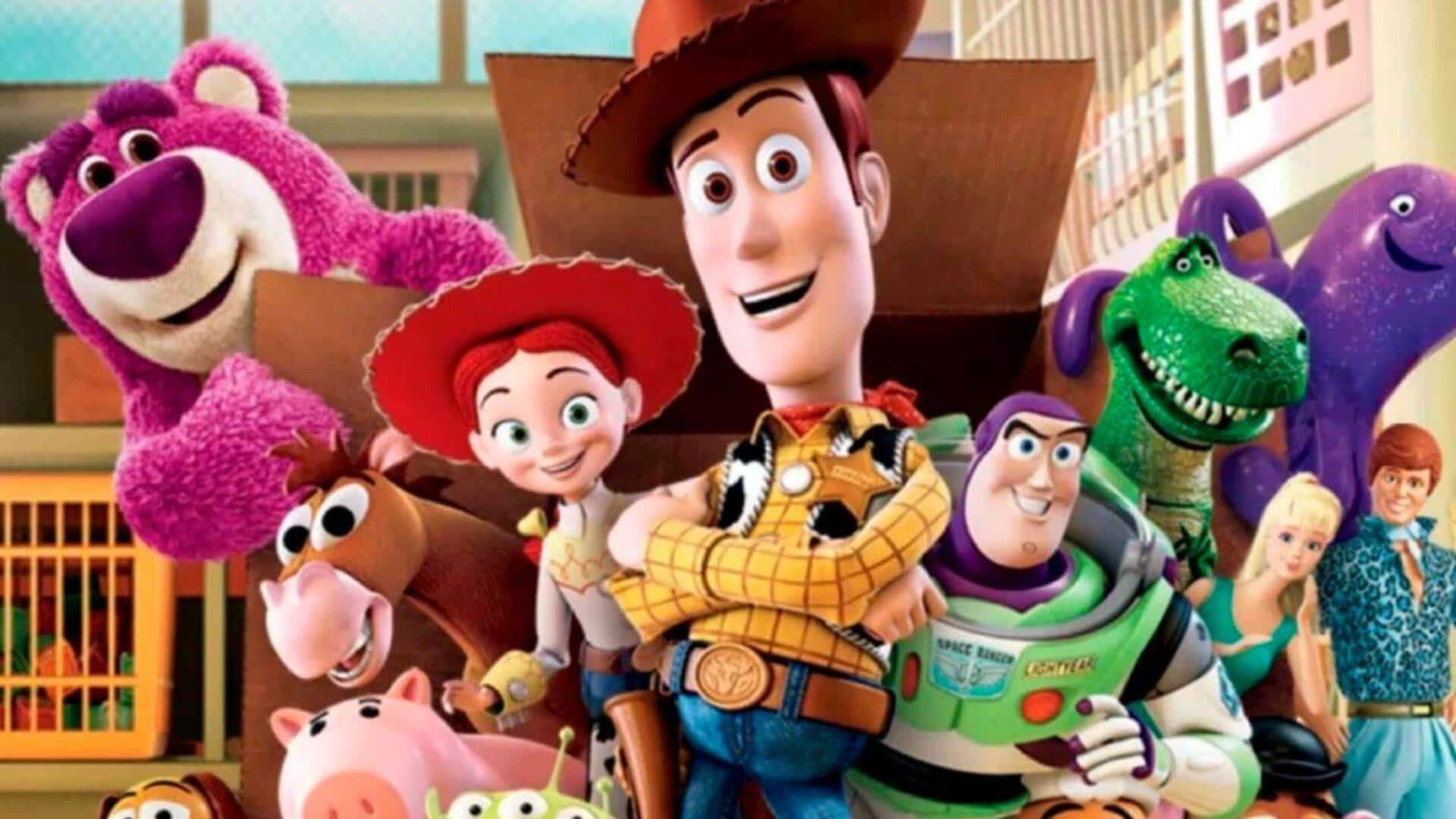
How 'Toy Story' became Pixar's most beloved franchise
What's the story
The Toy Story franchise has been an integral part of the US's cinematic landscape since its release in 1995. As the first-ever fully computer-animated feature film, it raised the bar for animation and storytelling. Over the years, the franchise has grown with sequels that have only enchanted audiences further. Here's how Toy Story evolved in technology, narrative depth, character development, and cultural impact.
Animation progress
Technological advancements in animation
When Toy Story came out in 1995, it was a game-changer for the use of computer-generated imagery (CGI). Thanks to Pixar's innovative techniques, characters could be more detailed and expressive than traditional animation methods. With every film, CGI advancements improved visual effects and realism. By 2019's Toy Story 4, animation quality had reached new heights with detailed textures and lifelike movements.
Storytelling growth
Narrative complexity over time
The original Toy Story had a simple, yet fascinating plot of toys coming to life when humans aren't around. As the series progressed, each sequel took the story a notch higher. Themes like friendship, loyalty, identity crisis, and acceptance were explored in-depth. This evolution made audiences connect with characters on an emotional level while retaining the essence of humor and adventure.
Evolving characters
Character development across films
One of the franchise's greatest strengths is its ability to develop characters over time. Woody began as a confident leader but was faced with challenges that tested his beliefs throughout the series. Buzz Lightyear evolved from being oblivious about his true nature into accepting himself as just another toy among friends, rather than an actual space ranger hero figurehead he initially believed himself to be.
Audience influence
Cultural impact on audiences
Toy Story has left an indelible mark on popular culture. It resonates with multiple generations who grew up watching these films together. They introduced them later through home media releases or streaming platforms like Disney+. Its influence extends beyond entertainment. It sparked discussions around consumerism within the children's products industry. It also inspired countless merchandise lines featuring beloved characters from this iconic series.